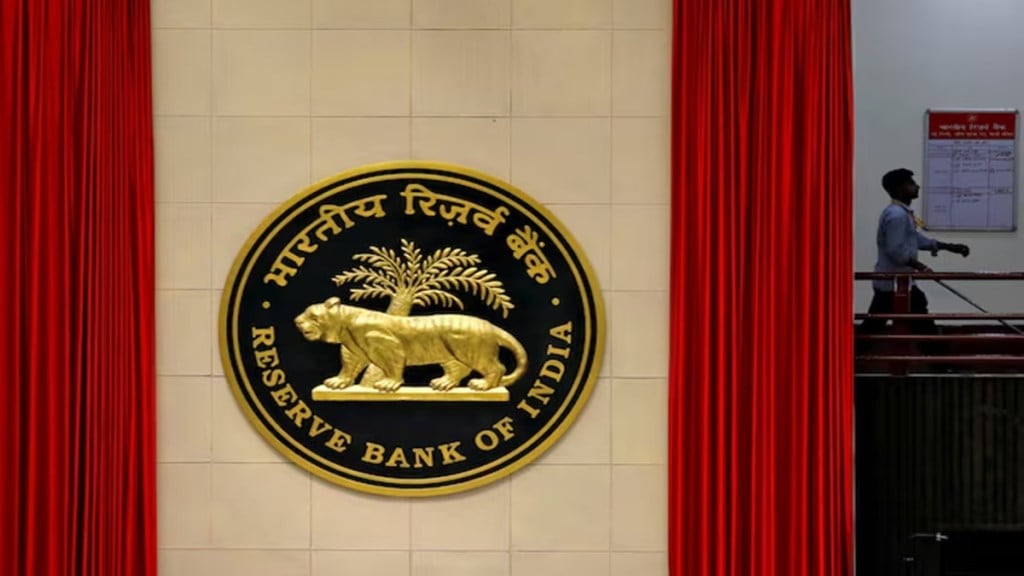The economy expanded at an eye-catching 8.2% year-on-year (y-o-y) in the September quarter, prompting both policymakers and analysts to now pencil in full-year GDP growth of over 7%. Even allowing for the favourable base, this is an impressive performance—and it reopens the question of whether the case for an interest rate cut has weakened. The Reserve Bank of India (RBI) had projected growth of just 6.3% in the second half of FY26, factoring in the impact of the steep US tariff. Bond markets are already signalling scepticism about an imminent easing: yields climbed late on Friday to 6.55%, reflecting the view that a rate cut is no longer a given.
Growth Paradox
Growth in the September quarter was broad-based. Services and manufacturing both logged strong growth of 9.1% y-o-y, the latter admittedly off a weak base. Agriculture contributed a respectable 3.5% increase. Private consumption—which is heavily services-led—rose by close to 8%. A surprise came from public administration, defence, and other services, which surged 9.7%. At the same time, the Centre’s non-interest revenue expenditure shrank sharply by 11.2% y-o-y, while the growth in aggregate non-interest spending by 22 states halved in Q2 compared with Q1. The buoyancy in “other services”—health, education, recreation and, personal services—appears to have done much of the heavy lifting.
RBI’s Cautionary Path
For the RBI, caution may be the preferred response. By February, it will have a clearer read on incomes, consumption, and the durability of the manufacturing uptick. It also needs to assess whether the Q2 surge was driven partly by festive front-loading amid an unusually early season—Onam, Ganpati, Navratri, and Durga Puja all came earlier this year—and whether demand remains robust once those effects fade. The September goods and services tax rate cuts, effective from the 22nd, may also have temporarily boosted spending. Carmakers and two-wheeler manufacturers did report strong bookings in the month. Adding another layer of uncertainty are deflator effects that may be flattering real GDP growth, as well as a sizeable contribution from statistical “discrepancies” which amplified Q2 growth relative to Q1.
The 7.3% growth in gross fixed capital formation was encouraging, as was the 7.9% growth in private consumption expenditure. But household consumption, which accounts for roughly 60% of the economy, grew mainly as rural spending improved on better agricultural output. Urban demand and private investment continued to lag. External risks remain significant. Any partial trade deal with the US by year-end—cutting the tariff by even 25 percentage points—would provide meaningful relief to exports and support consumption. Yet the September quarter already saw net exports plunge to a multi-year negative of Rs 2.68 lakh crore, with some evidence of front-loaded shipments to the US ahead of the tariff wall. Another area of concern is nominal growth: nominal GDP in Q2FY26 rose only 8.7%, almost unchanged from 8.8% in Q1, which has implications for tax collections and corporate revenues.
Low retail inflation does offer room for monetary easing. But bond yields remain stubbornly above 6.5%, tightening financial conditions for corporate borrowers. The RBI itself acknowledged in October that the combination of low inflation and softening growth has “opened up policy space for further supporting growth”. Against this backdrop, a rate cut in the coming policy meeting may not be premature. Growth may be stronger than expected, but the risks on the horizon argue for support—sooner rather than later.

